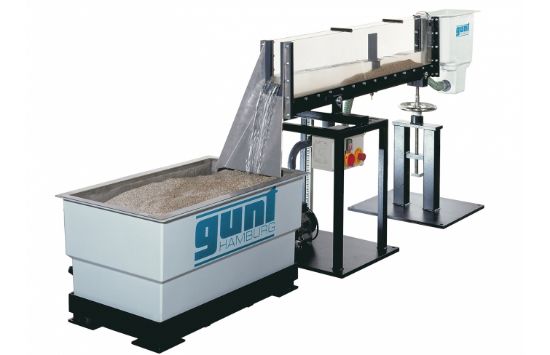The GUNT Open-Channel Sediment Transport Flume is designed for studying bed-load transport and flow dynamics in open channels. Using sand as a sediment, the unit enables clear demonstration of subcritical and supercritical flows, sediment movement, and structural interactions under controlled laboratory conditions.
Product Features
- Uses sand to demonstrate bed-load transport phenomena near the channel bed
- Supports subcritical and supercritical open-channel flow conditions
- Closed water circuit includes inclining experimental section for adjustable slope
- Side walls made from tempered glass for optimal observation
- Corrosion-resistant components: stainless steel and glass-reinforced plastic
- Inlet designed to reduce turbulence and prevent sediment backflow
- Integrated sediment trap in outlet tank captures coarse sand
- Fine adjustment of flume inclination for precise slope and flow depth control
- Observe fluvial obstacle effects like scour and siltation at structures
- Supports insertion of structures like rounded-nose piers or sluice gates
- Discharge measurement via outlet weir and level gauge
- Optional contrast medium injection for enhanced flow visualization
Benefits
- Ideal for studying real-world sediment transport and flow interactions
- Clear visual observation through transparent, durable flume walls
- Precise control of slope, discharge, and sediment for repeatable experiments
- Suitable for analyzing the effects of hydraulic structures on sediment patterns
Why Choose the GUNT Open-Channel Flume?
This versatile flume provides a hands-on learning platform for sediment transport, flow visualization, and hydraulic modeling. With corrosion-resistant materials, adjustable slope, and interchangeable models, it is perfectly suited for advanced teaching and research in fluid mechanics, civil engineering, and environmental hydraulics.

